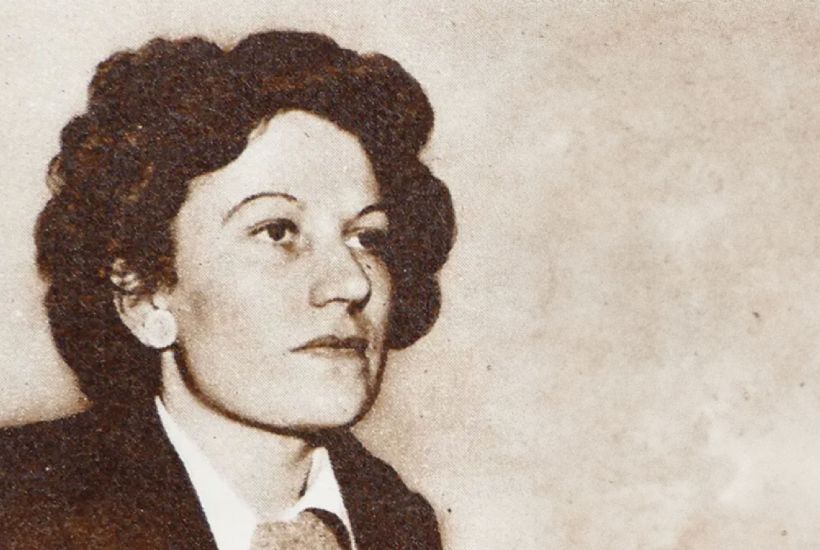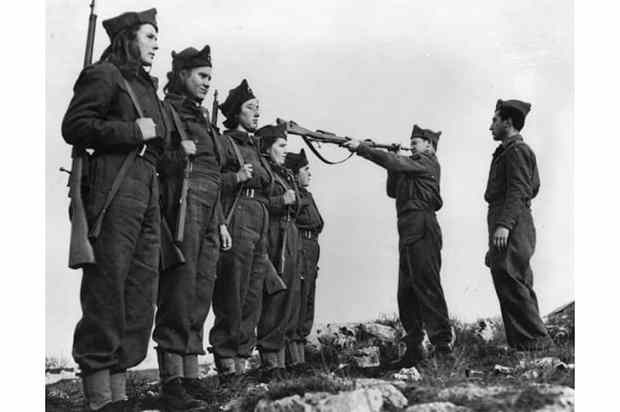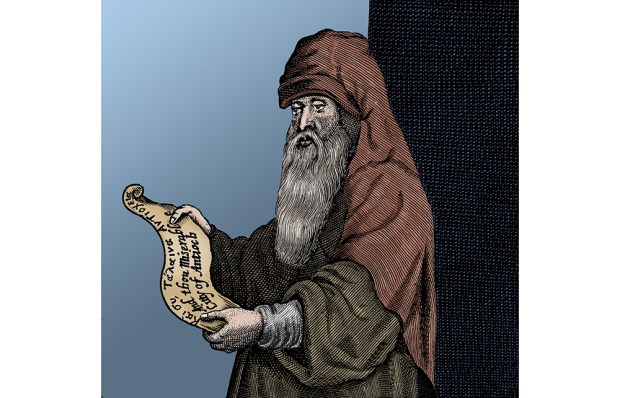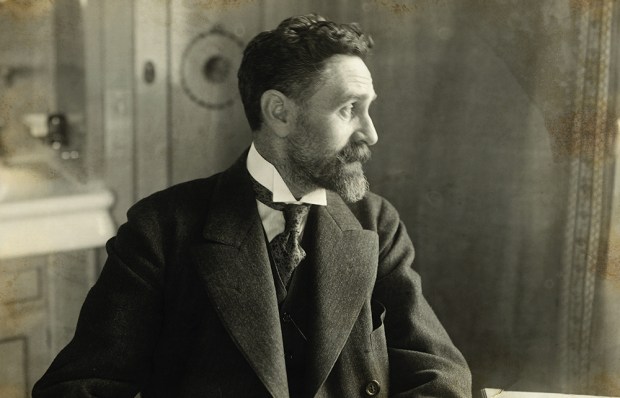When the Germans occupied northern Italy in the autumn of 1943, they were pleased with the way that young Italian women, pedalling on bicycles around the country lanes in white socks and pigtails, smiled at them. The soldiers offered to help with their loaded baskets and gave them lifts in lorries. It took some months before they discovered that these smiling girls, known as staffette, were working as couriers, spies and carriers of weapons for the Resistance, then busy forming in the foothills of the Alps. When they realised their mistake, their reaction was often brutal.
This same temporary impunity held for the many thousands of Allied women who acted as messengers, radio operators and double agents behind enemy lines in both world wars. Helen Fry emphasises that the enemy was often slow to identify resisters in the many guises in which female Allied agents showed themselves. But, whether as nuns or farmers, shopkeepers or chatelaines of historic houses, women did indeed contribute impressively to the ‘tradecraft of espionage’.
The purpose behind the book is clear. The role of women in intelligence, both in London offices and in the field, has long been neglected, at least in part because so many files have been classified, and by no means all are open. And the women themselves, having signed the Official Secrets Act, have remained silent, even with their families. Fry, who has spent many years delving into the shadowy world of military and Secret Service archives, with books on spymasters, decoders and the Special Branch, sets out to bring light to this forgotten world.
Though Queen Elizabeth I is credited with setting up her own secret service, using codes and cyphers both within England and across the Continent, it was not until 1919 that a Secret Service Bureau was officially established in London to investigate the suspicion that German spies were seeking to undermine British life. A few women were recruited, but almost all only as secretaries or clerks. If it was ungentlemanly to spy, how much more so was it unwomanly. No women were sent to France with the first intelligence units in 1914.
There was no such bias in France and Belgium, where an early network known as La Dame Blanche, after a ghostly white lady said to herald the end of the rule of imperial Germany, helped get military information to the Allies across an electrified ‘wire of death’ running from the Belgian coast to Aachen in Germany. Of its 2,000 members, a third were female. Surveillance of troop movements fell to these women, aged between 15 and 80, sitting knitting at their cottage doors along the railway lines and stitching coded messages into sweaters and scarves.
From the late 1930s, however, and especially after the Germans started to occupy much of Europe, espionage in all its forms grew steadily in importance. MI5 and MI6, along with the various branches of the army, navy and air force, all had their own services; and once it was grudgingly acknowledged that women had good brains for analysis, excellent skills at disguise and remarkable patience for the most tedious and repetitive tasks, so their recruitment intensified (even if some senior officers continued to think that aristocratic women were better at keeping secrets than the lower classes). With numbers came greater status and better jobs, though very few women were ever paid as much as the men. And the daring of it all was not without its pleasures. As one young woman put it: ‘It seemed that the greater the danger became, the more enchanting was our work.’
While true numbers are impossible to ascertain, Fry has done a meticulous job in unearthing hitherto forgotten decoders, foreign agents, station heads, radio operators, couriers and interrogators across all the theatres of the second world war, as well as in the UK. Many of them were indeed impressive: bold, resilient and resolute, even while being terrified and lonely. If recognised and caught, they knew that they would fare no better than the men. Prison, concentration camp and execution awaited them.
Going by such code names as Penguin, Treasure and Ecclesiastic, they parachuted in and out of occupied Europe, infiltrated enemy intelligence and sent back essential information to Allied headquarters. Frieda Gärtner, flirtatious and with especially large eyes, fed false reports about the planned Allied invasion of the Norwegian coastline. Codenamed Gelatine, she was described as ‘intelligent… yet with the mentality of a nightclub hostess and having a terror of the Germans winning the war’. The Snark, a Catholic Yugoslav whose real name was Marina Mihailovic, was a double agent who passed on to the Germans intelligence given to her by MI5.
Having retrieved as many women as possible from the mists of history, Fry has produced a book that is more a compendium than a historical narrative. Few of her immense cast of characters are given more than a couple of pages, some no more than a few lines. It is impossible not to wonder what befell 16-year-old Elsie Maréchal, arrested with her entire family after she was sent to scour the woods in Belgium in search of a missing Allied airman. Or what happened after the war to the Secret Ladies in the Admiralty, whose job it was to summarise the naval Enigma intelligence messages sent to them from Bletchley.
Readers wanting fuller stories should turn to Fry’s useful bibliography of memoirs and biographies. But she has fulfilled the task she set herself: that of putting these women on the map, testifying to their number and courage and providing an invaluable handbook for future scholars.
Got something to add? Join the discussion and comment below.
Get 10 issues for just $10
Subscribe to The Spectator Australia today for the next 10 magazine issues, plus full online access, for just $10.
You might disagree with half of it, but you’ll enjoy reading all of it. Try your first month for free, then just $2 a week for the remainder of your first year.














Comments
Don't miss out
Join the conversation with other Spectator Australia readers. Subscribe to leave a comment.
SUBSCRIBEAlready a subscriber? Log in